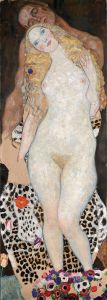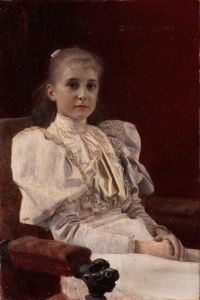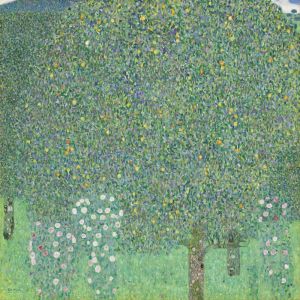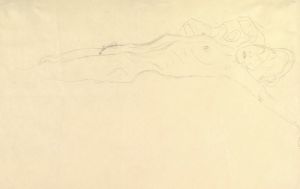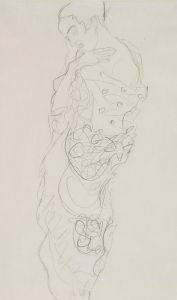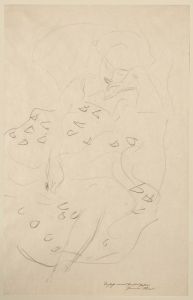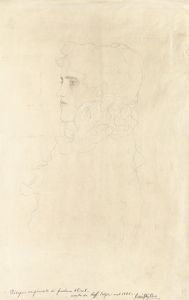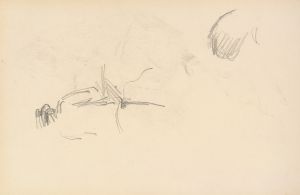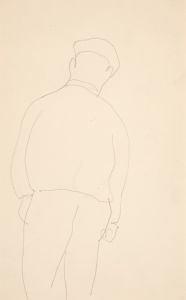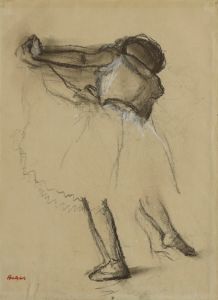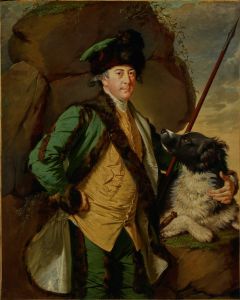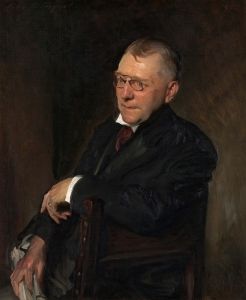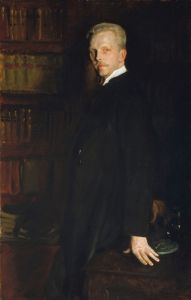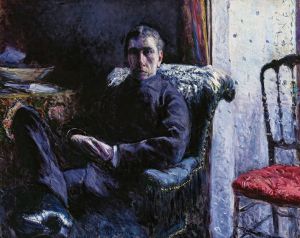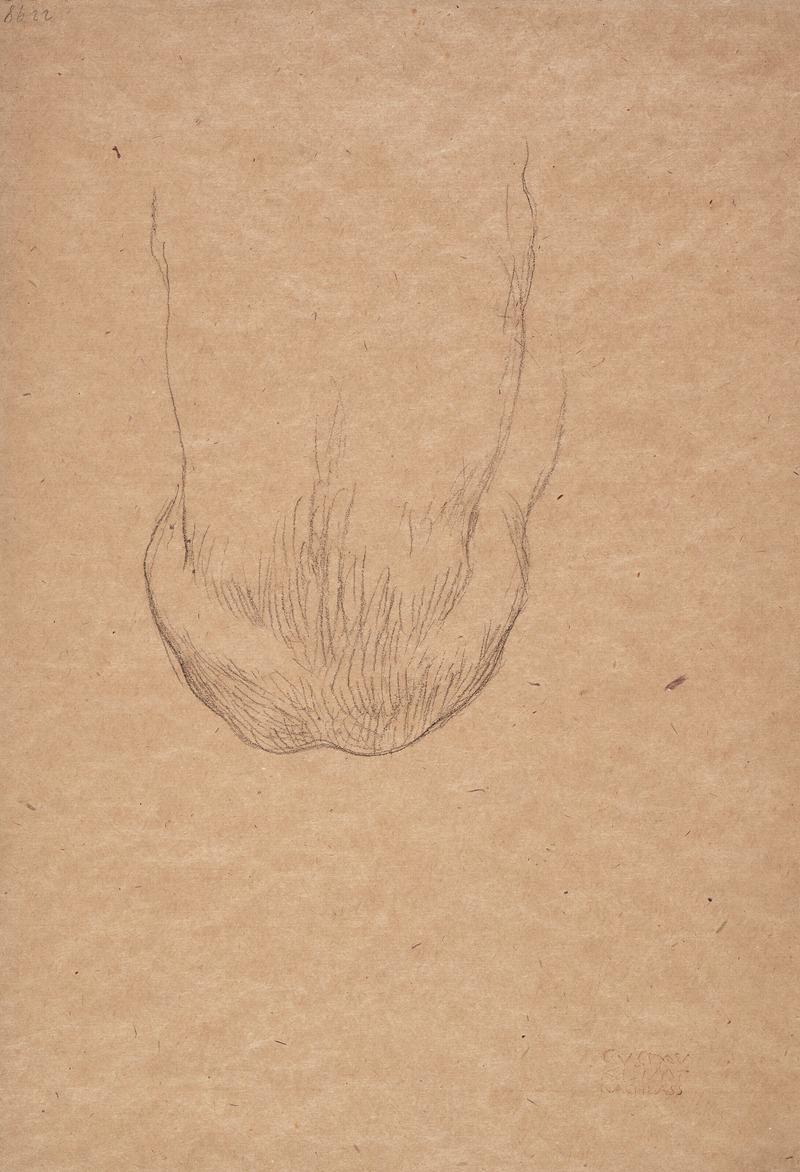
Sitzender männlicher Rückenakt
A hand-painted replica of Gustav Klimt’s masterpiece Sitzender männlicher Rückenakt, meticulously crafted by professional artists to capture the true essence of the original. Each piece is created with museum-quality canvas and rare mineral pigments, carefully painted by experienced artists with delicate brushstrokes and rich, layered colors to perfectly recreate the texture of the original artwork. Unlike machine-printed reproductions, this hand-painted version brings the painting to life, infused with the artist’s emotions and skill in every stroke. Whether for personal collection or home decoration, it instantly elevates the artistic atmosphere of any space.
"Sitzender männlicher Rückenakt" (Seated Male Nude from the Back) is a drawing by the renowned Austrian symbolist painter Gustav Klimt. Known for his distinctive style that combines symbolic themes with a unique decorative approach, Klimt is one of the most prominent figures in the Vienna Secession movement. This particular work, "Sitzender männlicher Rückenakt," is a testament to Klimt's skill in capturing the human form and his interest in exploring the human body through art.
Gustav Klimt was born on July 14, 1862, in Baumgarten, near Vienna, Austria. He was the second of seven children in a family that encouraged artistic pursuits. Klimt's formal art education began at the Vienna School of Arts and Crafts (Kunstgewerbeschule), where he studied architectural painting. His early career was marked by his work on public murals and ceilings, which showcased his ability to blend classical themes with modernist elements.
"Sitzender männlicher Rückenakt" is part of Klimt's extensive body of work that includes numerous drawings and sketches. These works often served as studies for his larger paintings, allowing Klimt to experiment with form, composition, and the human figure. The drawing depicts a male figure seated with his back to the viewer, emphasizing the contours and musculature of the male body. This focus on the male form is somewhat less common in Klimt's oeuvre, as he is more widely known for his depictions of women.
Klimt's drawings are characterized by their fluid lines and attention to detail, capturing the essence of the subject with minimalistic yet expressive strokes. "Sitzender männlicher Rückenakt" exemplifies this approach, highlighting Klimt's ability to convey the human form with both precision and a sense of movement. The drawing reflects his interest in the natural beauty of the human body, a theme that permeates much of his work.
Throughout his career, Klimt was influenced by various artistic movements, including Symbolism and Art Nouveau. His work often features intricate patterns, bold colors, and a blend of realism and abstraction. While "Sitzender männlicher Rückenakt" is a more straightforward representation of the human form, it still carries the hallmarks of Klimt's style, with its focus on the aesthetic qualities of the body.
Klimt's exploration of the human figure was not limited to his drawings. His paintings, such as "The Kiss" and "Portrait of Adele Bloch-Bauer I," are celebrated for their sensuality and decorative richness. However, his drawings provide a more intimate glimpse into his artistic process and his fascination with the human form.
"Sitzender männlicher Rückenakt" is a valuable piece within Klimt's body of work, offering insight into his approach to figure drawing and his broader artistic interests. While it may not be as widely recognized as some of his other works, it remains an important example of his skill and artistic vision.
Gustav Klimt passed away on February 6, 1918, in Vienna, leaving behind a legacy that continues to influence artists and captivate audiences worldwide. His work, including "Sitzender männlicher Rückenakt," remains a testament to his innovative spirit and his enduring impact on the world of art.





